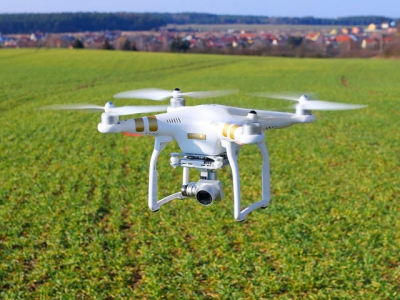Seminars talk ways to develop strong agriculture

Deputy Minister of Science and Technology Pham Cong Tac addresses a workshop held by the Party Central Committee’s Economic Commission on November 26 (Photo: VNA)
Hanoi (VNA) – How to develop a strong agricultural sector – a factor of sustainable development – was an issue under discussion at some workshops held in Hanoi on November 26.
The events, organised by the Party Central Committee’s Economic Commission, were part of a national teleconference and a national exhibition reviewing the 10-year implementation of the resolution on agriculture, farmers and rural areas, issued at the seventh meeting of the 10th Party Central Committee in August 2008.
Vice Chairman of the Economic Commission Cao Duc Phat said in 2017, agriculture contributed 15.3 percent of total GDP, down 5.1 percent from 2008. The rate of agricultural labourers fell by 12.4 percent to 40.2 percent, while the rate of rural residents decreased by 6 percent to 65 percent.
These figures are predicted to drop in an even faster pace by 2030, respectively down to 10 percent, 25 percent and 55 percent, he said, noting that agriculture now contributes only 1 percent of Ho Chi Minh City’s GDP.
This is an inevitable trend that all countries have to experience on the path to prosperity, Phat said.
An official of the Ministry of Agriculture and Rural Development (MARD) said Vietnam is working to develop a modern and sustainable agricultural sector, along with prosperous and civilised rural areas.
To modernise agriculture and improve farmers’ role and living standards, participants called for more conditions for them to change their livelihoods via diverse vocational training programmes.
Additionally, amid global economic integration, it is an urgent need to invest in agriculture and rural development and resolve rural problems so as to industrialise and modernise agriculture and rural areas, they added.
Meanwhile, Deputy Minister of Science and Technology Pham Cong Tac stressed that science and technology have been a driving force of socio-economic development, including in agriculture. They have effectively helped with the expansion of agricultural production and the improvement of productivity, quality and competitiveness of farm produce in the domestic and foreign markets.
MARD Deputy Minister Tran Thanh Nam said agriculture, farmers and rural areas of Vietnam have witnessed strong changes and obtained significant achievements over the last decade since the Party’s resolution was issued. He attributed this outcome to the investment in and development of the agricultural product market.
With higher productivity and quality, agricultural products have helped boost the sector’s annual growth rate to 2.66 percent between 2008 and 2017, and about 3.5 – 3.6 percent this year.
The official also admitted certain problems, elaborating that total investment in agro-forestry-fishery sectors is still low and tends to decline. The policies on mobilising resources for agricultural and rural development haven’t been strong enough. Notably, farm produce supply and demand remain problematic, while the competitiveness of many products is still modest.
At the seminars, participants also discussed experience in forming sustainable agricultural value chains, hi-tech agricultural models, opportunities for Vietnamese farm produce when new-generation free trade agreements take effect, and the State’s support policies for agricultural investment.
Có thể bạn quan tâm
 Vietnam cultivates 125,000 hectares of tea
Vietnam cultivates 125,000 hectares of tea This year, Vietnam has cultivated about 125,000 hectares of tea, including 110,000 hectares for commercial purpose which produced 8.5 tonnes of tea per hectare
 Southwestern man makes machines for coconut farmers
Southwestern man makes machines for coconut farmers Born and bred in the Mekong Delta province of Soc Trang, Nghiem Dai Thuan – one of Vietnam’s 63 outstanding farmers this year – is familiar with coconuts.
 Vietnam Coffee Day 2018: sustainable coffee development
Vietnam Coffee Day 2018: sustainable coffee development Dak Lak is the province with the largest coffee growing area, but only produces as much as the second province in terms of acreage, Lam Dong.